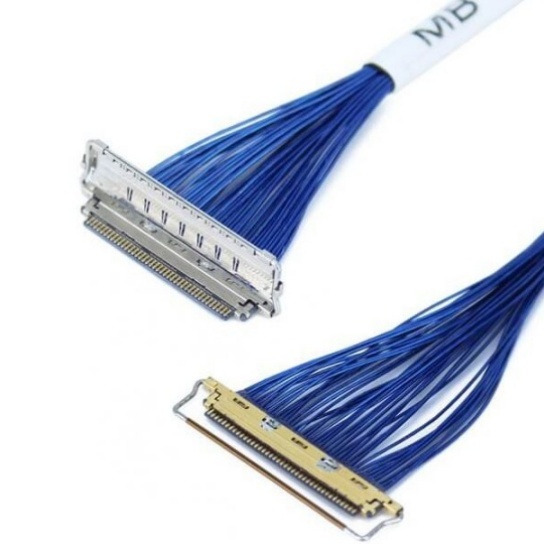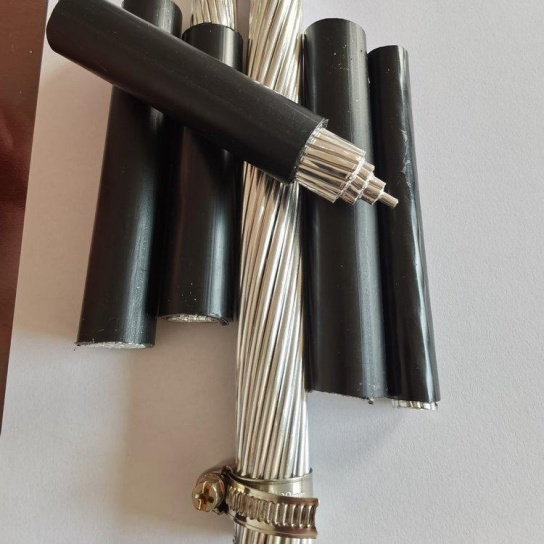The Future of Smart Aviation Cables
- Drivers of Smart Cable Development
A. Growing Complexity of Aircraft Systems
Modern aircraft, such as the Boeing 787 and Airbus A350, rely on 20,000+ cables spanning hundreds of kilometers. These networks support systems ranging from fly-by-wire controls to in-flight entertainment. As systems become more interconnected, the need for real-time monitoring and predictive maintenance grows urgent.
B. Electrification and Hybrid-Electric Propulsion
The rise of electric vertical takeoff and landing (eVTOL) aircraft and hybrid-electric engines demands lighter, more efficient cables capable of handling high voltages (up to 1,500V) and dynamic load fluctuations.
C. Regulatory Push for Safety
Standards like FAA AC 25.1701 and EASA SC VTOL mandate advanced health monitoring systems to detect cable degradation before failures occur.
- Key Technologies Shaping Smart Aviation Cables
A. Embedded Sensing and Real-Time Health Monitoring
Fiber Bragg Grating (FBG) Sensors:
Integrated into cable insulation, FBGs detect strain, temperature, and vibration with micrometer-level precision. For example, GE Aviation uses FBG-equipped cables in the GEnx engine to monitor thermal expansion near combustors.
Advantage: Immune to electromagnetic interference (EMI), ideal for high-noise environments.
Impedance Spectroscopy:
Measures changes in a cable’s electrical impedance to identify insulation cracks or conductor corrosion. Startups like Amphenol Advanced Sensors deploy this in UAV power systems.
Distributed Temperature Sensing (DTS):
Optical fibers track temperature gradients along cables, critical for detecting hotspots in high-voltage systems like the Rolls-Royce UltraFan engine.
B. AI-Driven Predictive Maintenance
Machine Learning Algorithms:
Analyze historical and real-time sensor data to predict failures. For instance, Airbus’s Skywise platform uses AI to forecast cable wear in A320neo fleets, reducing unplanned downtime by 30%.
Digital Twin Integration:
Virtual replicas of cable systems simulate performance under stress, enabling proactive design optimizations. Boeing’s 777X digital twin includes cable aging models for lifecycle management.
C. Self-Healing and Adaptive Materials
Autonomous Repair Mechanisms:
Microcapsules filled with conductive polymers (e.g., polyaniline) rupture to seal minor insulation cracks. NASA is testing such materials for lunar and Mars missions.
Phase-Change Materials (PCMs):
PCMs like paraffin wax embedded in cable jackets absorb excess heat during peak loads, preventing thermal degradation.
D. Power-over-Cable (PoC) Architectures
Smart cables transmit both power and data, reducing weight and complexity. The SAE AS6076 standard supports PoC for eVTOLs, enabling compact wiring in vehicles like Joby Aviation’s S4 air taxi.
- Applications in Next-Generation Aircraft
A. Autonomous Flight Systems
Fly-by-Light Cables:
Fiber-optic cables with embedded FBG sensors provide real-time feedback to flight control computers, ensuring precise actuation in drones like the General Atomics MQ-9B.
B. Hybrid-Electric Propulsion
High-Voltage Smart Cables:
Siemens’ SP260D cables for hybrid-electric aircraft feature carbon nanotube-enhanced shielding and self-monitoring capabilities to handle 800V DC systems.
C. In-Flight Connectivity
5G-Ready Cables:
Lufthansa Technik’s AeroConnect system uses impedance-tuned cables to minimize signal loss in Ka-band satellite communications.
- Challenges and Solutions
A. Weight vs. Functionality Trade-Off
Challenge: Adding sensors and circuitry increases cable mass.
Solution: Use graphene-based conductive inks and lightweight nanocomposites to embed functionalities without bulk.
B. Cybersecurity Risks
Challenge: Smart cables with data links are vulnerable to hacking.
Solution: Implement hardware-level encryption (e.g., MIL-STD-1553 Secure) and blockchain-based data validation.
C. Certification Complexity
Challenge: Regulatory frameworks lag behind technological advancements.
Solution: Collaborative efforts like the G-33 Committee are updating standards (e.g., DO-160 Section 25) to address smart cable testing.
- Future Outlook
A. Quantum Communication Integration
Quantum key distribution (QKD) via aviation cables could enable unhackable communication for military aircraft, as demonstrated in DARPA’s Quantum Network Pilot.
B. Energy-Harvesting Cables
Piezoelectric materials in cable jackets may convert vibration energy into electricity, powering onboard sensors autonomously.
C. Bio-Inspired Designs
Mimicking neural networks, “self-organizing” cables could reroute signals dynamically, akin to the human nervous system.






